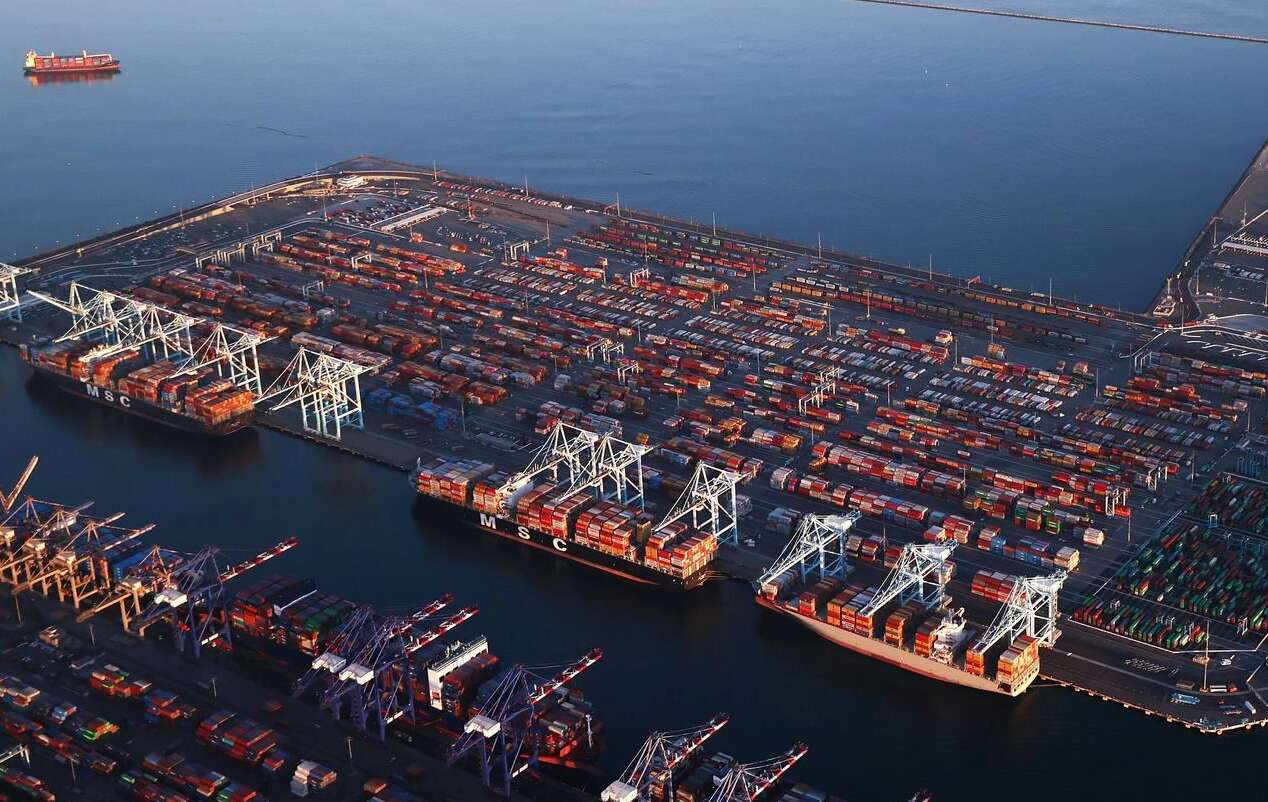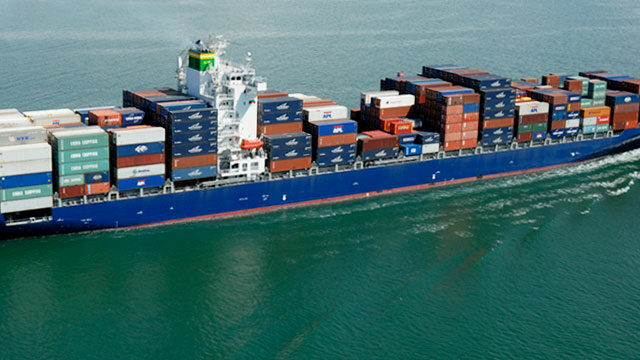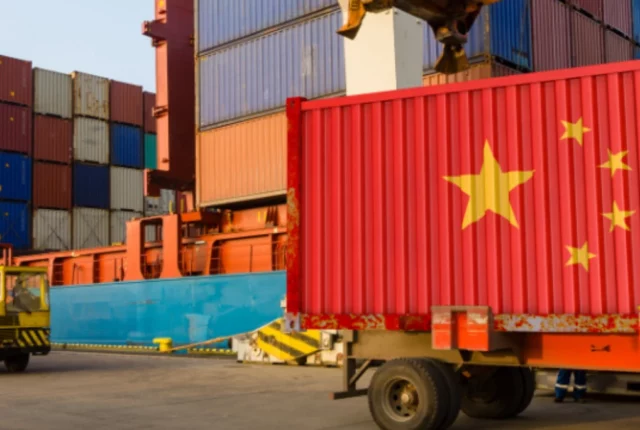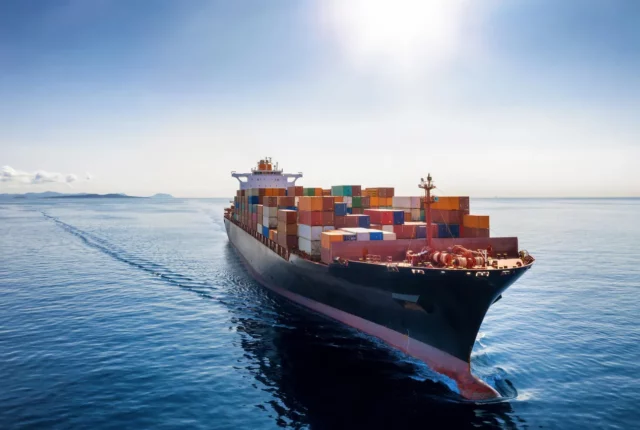
China Tariff Rollback Unlikely to Lift Imports, Says Port of L.A. Chief
The executive director of the Port of Los Angeles says he doesn’t expect a flood of goods despite the deal reached by the U.S. and China
The head of one of America’s biggest import gateways warned that a deal to slash tariffs on Chinese goods isn’t enough to reverse a decline in cargo volume.
Volumes at the Port of Los Angeles have been plummeting after companies brought in extra inventory earlier this year to get ahead of new tariffs and have since paused and canceled new orders. That drop in demand has led shipping companies to cancel dozens of sailings in the coming weeks.
The head of one of America’s biggest import gateways warned that a deal to slash tariffs on Chinese goods isn’t enough to reverse a decline in cargo volume.
Volumes at the Port of Los Angeles have been plummeting after companies brought in extra inventory earlier this year to get ahead of new tariffs and have since paused and canceled new orders. That drop in demand has led shipping companies to cancel dozens of sailings in the coming weeks.
Seroka said companies that supply critical goods like healthcare products and sellers of holiday merchandise like toys might use this moment to restock. “But your refrigerator, outdoor patio set, regular stuff is not just going to come and flood the marketplace because we’ve gone from 145% to 30%,” he said.
The National Retail Federation said some retailers might find short-term relief in the lowered levies as they stock up for the peak back-to-school and holiday seasons. Some shippers might now rush inventory sitting in China that they had waited to ship to the U.S. under the 30% duty rate, Seroka said.
However, “I don’t see all of the normal cargo coming back to the levels that we had witnessed in recent weeks and months,” he said. “Reason being, you’re not going to be frontloading at 30%.”
Shipping rates have stayed relatively flat amid the trade turmoil. The average daily spot rate to ship a 40-foot container from Asia to the U.S. West Coast was $2,321 for the week ended May 7, roughly in line with the previous week, according to the Freightos Baltic Index.
Judah Levine, head of research at Freightos, said rates will likely rise but not skyrocket under the 30% base tariff. “The volume rebound will probably signal the start of an early peak season that will keep rates elevated,” he said.
Seroka said he expects spot rates might tick up as carriers shift capacity back to China-to-U.S. shipping lanes.
Despite the U.S. reducing tariffs on Chinese goods from 145% to 30% for a 90-day period, the Port of Los Angeles anticipates a continued decline in imports. Executive Director Gene Seroka projects a 25% year-over-year drop in cargo volumes for May, citing that the remaining 30% tariff still poses a significant deterrent for many importers. This situation underscores the ongoing challenges within the freight chain, where temporary tariff relief may not be sufficient to reverse the downward trend in trade activity.
Source: Article






